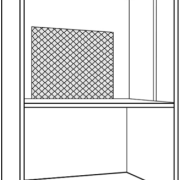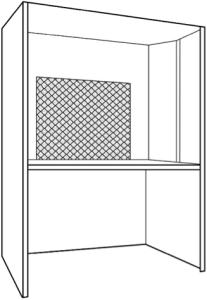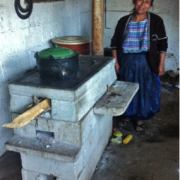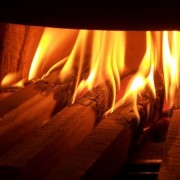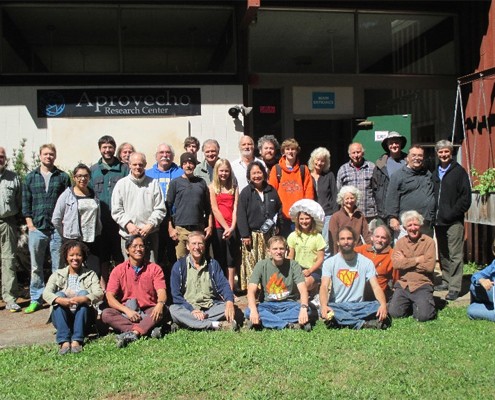Happy Holidays Clean Combustion Techniques
Happy Holidays Clean Combustion Techniques
1.) When wood is burned a lot of smoke is produced but the made charcoal at the tip of the wooden stick contributes heat but does not make much smoke. Rocket Stove: Increase the time that the charcoal at the tip is burning. TLUD: A layer of hot charcoal covers the fresh wood.
2.) If the stove begins smoking the rate of reaction (solid turning into gas) is probably too fast. Too much wood gas is being produced and un-combusted fuel is escaping. Rocket Stove: Pull the sticks back until just the tips are burning. TLUD: Reduce the primary air.
3.) Mixing the smoke, gases, flame, and air can reduce emissions dramatically. Rocket Stove and TLUD: Cut up the laminar flames with natural draft mixing devices. When using secondary air increase the draft until fast moving jets completely cover the top of the burning fuel.
4.) Create a space filled with fire that forces the smoke, gases, flame, and air to mix more completely. Rocket and TLUD: Orifices successfully increase mixing.
5.) Increase the dwell time to improve combustion efficiency. Rocket and TLUD: Do not make the mixing chamber above the fire too short. With sufficient draft install fixed fan blades to induce swirl that makes at least two revolutions.
6.) Secondary air more effectively enters flame when the pressure difference is assisting the mixing process. Rocket and TLUD: In natural draft stoves the pressure is lower in fast moving flame. Add higher pressure secondary air downstream of the mixing device.

